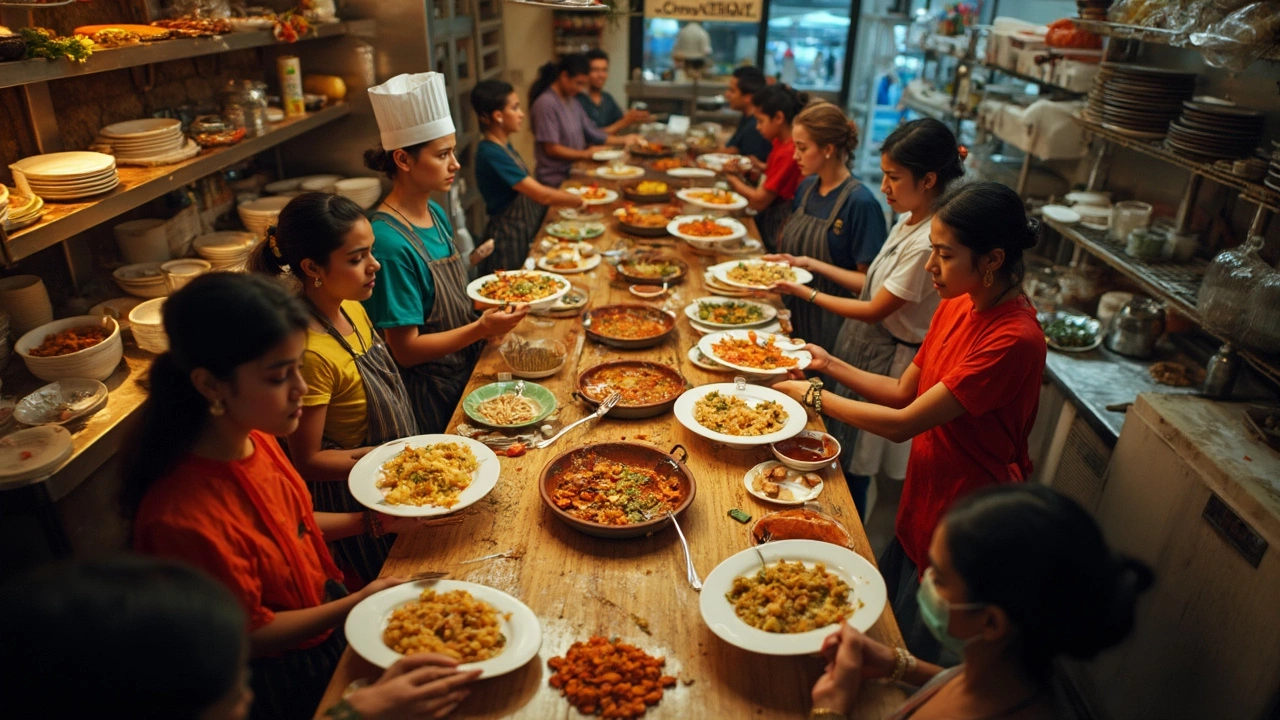Annual Rice Requirement: Understanding India's Yearly Need
When talking about annual rice requirement, the total amount of rice a country must produce or import each year to feed its people, support industry and meet export goals. Also known as yearly rice demand, it is a core metric for anyone studying food security or agricultural policy. Rice production, the volume of paddy harvested across farms and regions directly feeds into that number, while population growth, the rise in the number of people needing calories each year pushes the demand upward. Add climate impact, changing rainfall patterns, temperature shifts and extreme events and you see why forecasting the requirement is a moving target.
Why the Requirement Matters and How It’s Shaped
Annual rice requirement encompasses three big parts: domestic consumption, industrial usage and export commitments. Domestic consumption makes up roughly 80 % of the total, so any swing in per‑capita eating habits instantly reshapes the figure. Industrial usage—think of rice bran oil, starch and bio‑fuel—adds a steady layer that grows as the manufacturing sector expands. Export commitments, while modest compared to consumption, influence trade balances and can tilt government policy toward higher yields.Both rice production and the annual rice requirement are linked through the yield per hectare. Higher yields mean a smaller cultivated area can meet the same demand, freeing land for other crops or for conservation. Conversely, if yields fall because of water stress or pest pressure, the requirement forces farmers to expand acreage, often at the expense of forests or wetlands. That connection creates a clear semantic triple: Rice production influences annual rice requirement. Another triple is Population growth drives rice consumption, and a third: Climate impact affects rice yield, which in turn reshapes the annual requirement. These relationships are why planners keep a close eye on census data, monsoon forecasts and research on drought‑tolerant varieties.
In practice, analysts use demand‑forecasting models that blend historic consumption patterns, projected population increases, and scenario‑based climate outlooks. For India, a 1 % yearly rise in population coupled with a 0.5 % increase in per‑capita rice intake translates to an extra 5‑6 million tonnes each year. Add a 2 % annual improvement in average yields thanks to better seeds and mechanisation, and the gap narrows. The balance between these forces decides whether the country will need to import more, invest in storage, or push for policy incentives that boost farmer output.
All this context sets the stage for the articles below. You’ll find deep dives into rice’s ancient origins, spotlights on top‑producing states, practical guides on whether rice can be a perennial crop, and the latest trends in demand for related materials like plastic packaging. Whether you’re a policymaker, a farmer, or just curious about how a staple grain shapes the Indian economy, the posts ahead give concrete data, real‑world examples and actionable tips to help you navigate the ever‑shifting landscape of India’s annual rice requirement.
How Much Rice Does One Person Need for a Year? The Real Numbers Explained
Curious about how much rice one person needs to survive a year? This article breaks down the math, nutrition, and practical tips for long-term rice consumption.
- manufacturing
- India
- food processing
- garden tips
- rice cultivation
- government schemes
- balcony garden
- urban gardening
- balcony gardening
- profitable business
- business ideas
- plastic manufacturing
- drip irrigation
- plant care
- steel manufacturing
- sustainable gardening
- startup ideas
- steel industry
- flower gardening
- textile manufacturers





